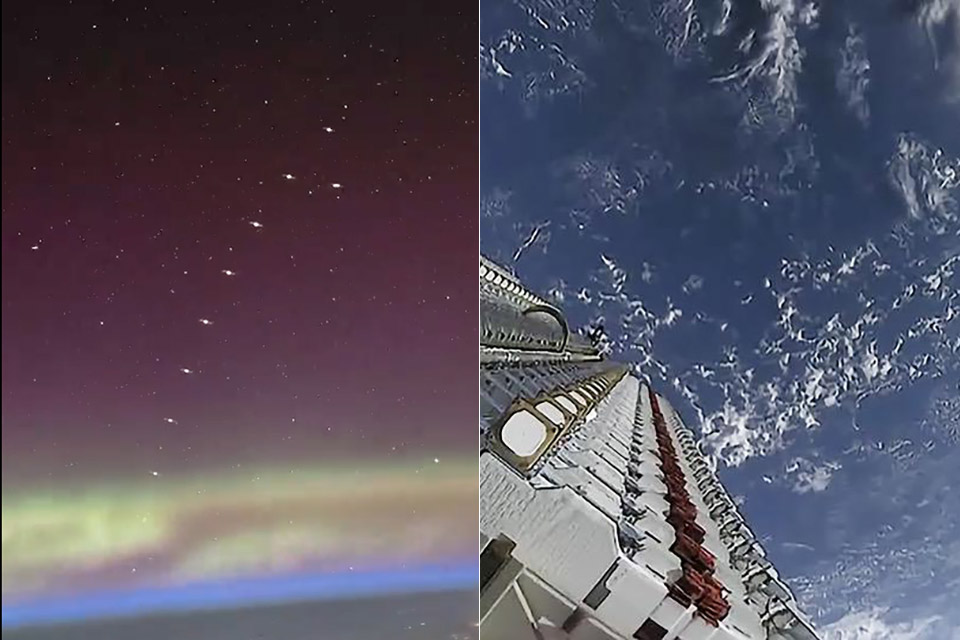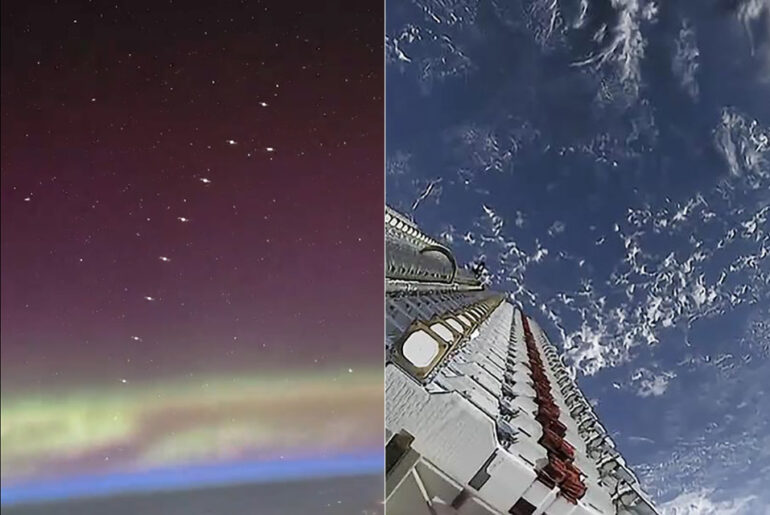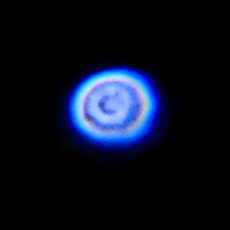
Astronaut Don Pettit just returned from six months on the International Space Station and shared a cool video of a Starlink satellite train. His footage, shot from the ISS 250 miles above the Earth, shows the satellites lined up, their solar panels shining like sails in the void.
My best sighting of a Starlink satellite "train" from orbit! pic.twitter.com/WratClL8NJ
— Don Pettit (@astro_Pettit) October 7, 2025
Pettit’s video is amazing from an astronaut’s perspective, capturing the satellites in detail as they orbit 342 miles above the Earth, 90 miles higher than the ISS. They look like they’re moving in a straight line, possibly at their final height after launch. This is most noticeable right after deployment when the satellites cluster together before spreading out into their operational orbits. Because of their synchronized movement across the night sky, these trains are often mistaken for UFOs from the ground.
LEGO Icons Shuttle Carrier Aircraft Building Set for Adults - Spaceship & Airplane Model Kit for Adults,...
- 2 AVIATION LEGENDS, 1 BUILD – Recreate the iconic Boeing 747 and NASA Space Shuttle Enterprise with the LEGO Icons Shuttle Carrier Aircraft (10360)...
- DEPLOY LANDING GEAR – Turn the dial to extend the massive 18-wheel landing system on your airplane model, just like real flight operations
- AUTHENTIC FEATURES & DETAILS – Remove the tail cone, engines, and landing gear from the NASA shuttle and stow them in the cargo bay during flight
Starlink is trying to cover the earth with high speed internet, but its growing constellation (already thousands of satellites), has caused controversy. Astronomers and astrophotographers like Josh Dury, who last year made a composite of a Starlink train passing through the night sky, say the satellites’ glare is getting worse. Despite SpaceX’s efforts to dim them with visors, the satellites leave trails on long exposure photos, blocking our view of distant stars and galaxies. A recent study from the North Pole that combined images from 14 cameras showed a web of satellite trails in one night’s sky, underscoring the scale of the issue.
Pettit’s video accidentally crosses two worlds: admiration for human achievement and a simple reminder to preserve our view of the universe. The satellites shining as they pass show our reach into space but their presence asks the question how do we balance progress with the cleanliness of the night sky. As Pettit digs through his orbital archives, each frame he posts takes us deeper into this cosmic tug of war, we marvel at the sight while wondering at the cost.
[Source]










